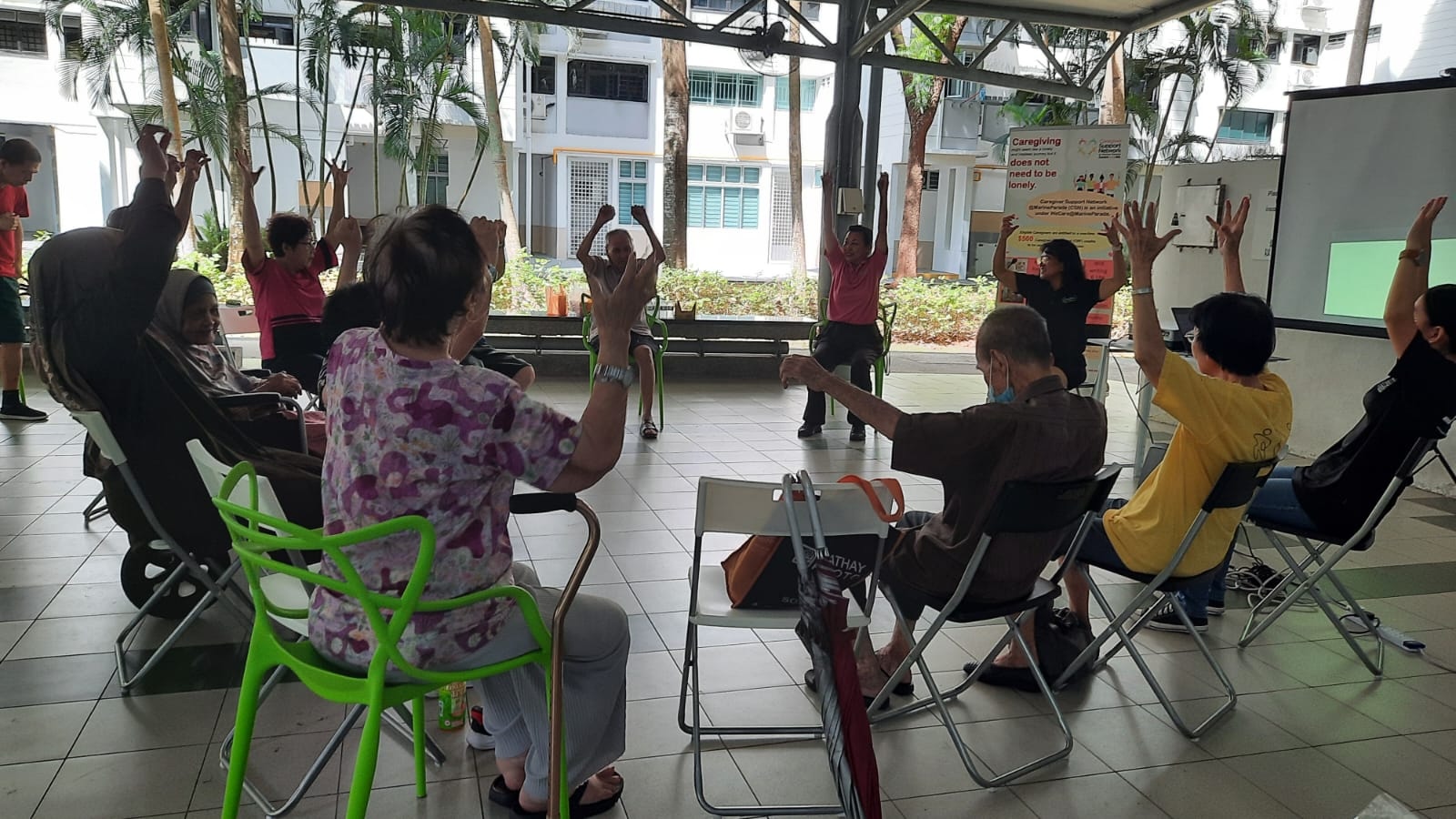A Pioneer in Singapore’s Community Care Sector

Published on
15 Sep 2016
Published by
mosAIC
REFLECTIONS
In this section, we catch up with pioneers and leaders in Singapore’s Community Care sector. For this edition, we spoke to Professor Lee Hin Peng, a leading figure in the field of cancer research and public health, in Singapore and internationally. In addition, Professor Lee shared with us about the beginnings of St Luke’s Hospital (SLH) and St Luke’s ElderCare (SLEC). He retired from service as Chairman, SLEC in 2014. Before that, he was Chairman, SLH (1999-2006) and Vice Chairman, SLH (1995-1999). Professor Lee presently teaches at Saw Swee Hock School of Public Health and Yong Loo Lin School of Medicine, National University of Singapore.
What sparked your involvement in helping to develop the community care sector through the work of SLH and SLEC?
Although I was primarily working in the field of cancer epidemiology and control, I was and still am essentially a public health worker. We have to be alert to social and health issues that affect the community, using our skills to find solutions to pressing and impending problems in the name of community care.
Regarding my involvement in SLH, in the early 1990s, a group of Christian leaders saw the emerging demographic trend of an ageing population and sounded the alarm that we should prepare for such a situation. I was invited to join in discussions, and we thought that a facility which could take care of elderly patients in a non-acute setting – something between an acute hospital and a nursing home – would be needed.
As a young professional in a relevant discipline, I was tasked with conducting a feasibility study. This subsequently led to the development of St Luke’s Hospital for the Elderly (later renamed St Luke’s Hospital [SLH]), which pioneered the provision of community care for frail elderly.
Under the guidance of Founding Executive/Medical Director, Dr Eileen Aw, the hospital opened in 1996. Three years later, SLEC was launched as another type of facility to cater to patients who were discharged home after their hospital stay but, who still needed social and rehabilitative care.
What was the community care landscape like when you first began your work?
The community care sector in the early days was rather underdeveloped, not absent. We had some religious-based nursing homes and day care centres but with limited capacity because of funding issues. The Government also had some facilities but mainly for the destitute and homeless. There were also services set up by associations and clans that provided rather basic facilities. These were introduced especially for their retired members and employees who were single.
I am glad that today, there are many more services and programmes available for our seniors. In addition to the destitute and homeless, we have elderly who may have families that cannot cope with their care. With smaller nuclear families and the pressures of many other social demands, our families are in a “sandwich” situation of having to look after both the young and the old – very difficult indeed. Society has to respond by providing a helping hand.
What have been the major catalysts for the growth of providers like SLH and SLEC?
First, we could see the need and this need continues to grow. Then, there must be an availability of resources (i.e., public funds and private donations); the openness of families in working with care providers to provide co-ordinated care for their loved ones (rather than treating facilities as a place to leave elderly loved ones); and the availability of organisations and personnel – both staff and volunteers, to do this complementary work.
This work cannot be done in isolation; there must be a co-operative and synergistic relationship in the provision of these services.
What keeps you motivated in your work?
It sounds almost clichéd but it is true – public service in the broad sense. From my Christian worldview, I take service to my fellow beings as a privilege and an opportunity to show compassion in practical ways. There is no grand vision; I am just doing my small part to bring comfort, care and relief to some people.
What is your vision for the future of the community care sector?
With an ageing population, it is and will continue to be a bottomless pit of need. We have to be realistic in terms of our expectations and the way we use our resources. The “haves” must help the “have-nots”, and the well must help the sick. I hope this is the sort of social compact that we will all embrace. There must also be a judicious balance in the use of public and private funds and resources to maintain a sustainable community care sector.
This article is adapted from A Sharing by Professor Lee Hin Peng which was published in the May 2016 issue of mosAIC, a publication for Community Care partners by the Agency for Integrated Care. For more information, visit www.aic.sg.
ALL views, content, information and/or materials expressed / presented by any third party apart from Council For Third Age, belong strictly to such third party. Any such third party views, content, information and/or materials provided herein are for convenience and/or general information purposes only. Council For Third Age shall not be responsible nor liable for any injury, loss or damage whatsoever arising directly or indirectly howsoever in connection with or as a result of any person accessing or acting on any such views, content, information and/or materials. Such third party views, content, information and/or materials do not imply and shall not be construed as a representation, warranty, endorsement and/or verification by Council For Third Age in respect of such views, content, information and/or materials.







